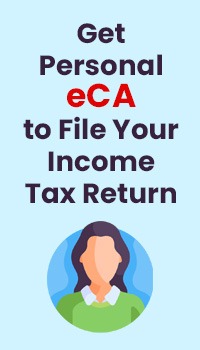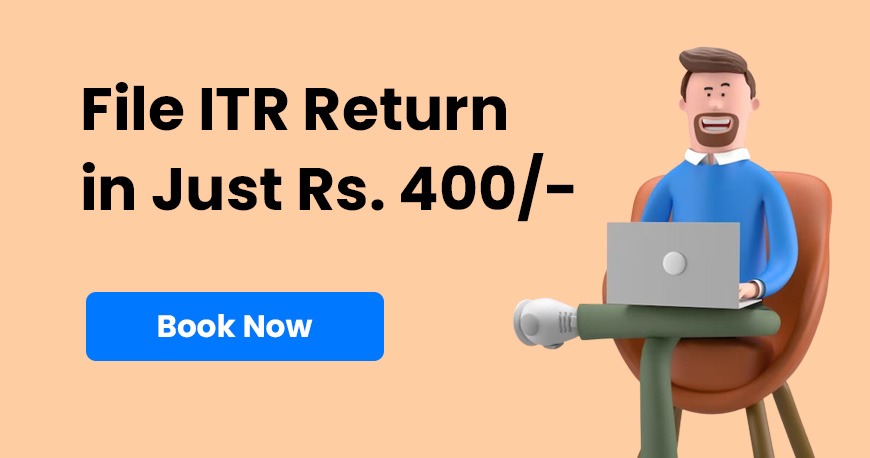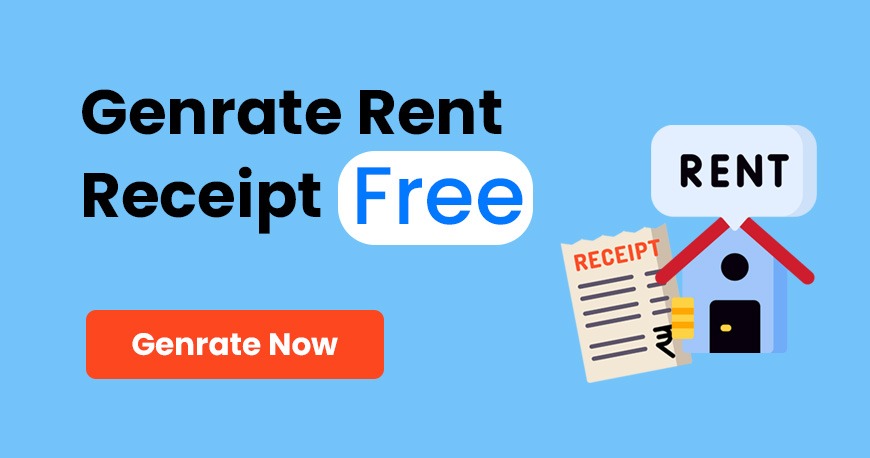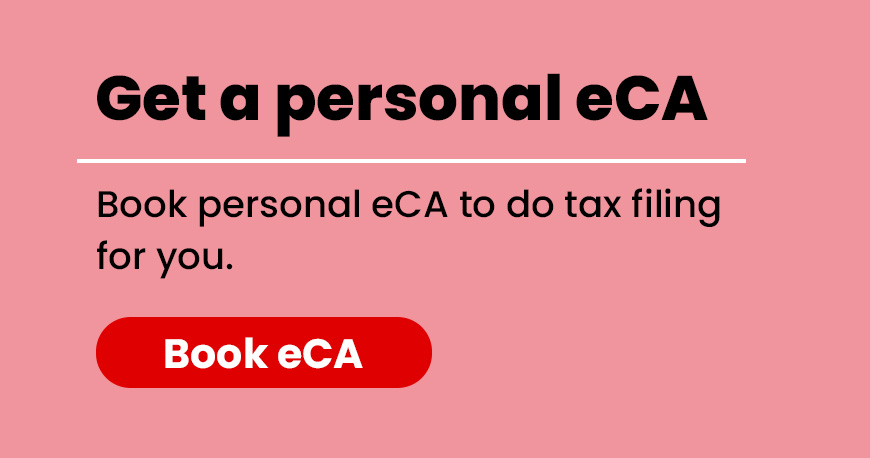New Tax Regime & Old Tax Regime: Which Regime Is Better?
The new and old tax regimes have its merits & demerits for the taxpayers, so it becomes quite perplexing to choose the most suitable tax regime.
The new financial year has begun on 1st April 2023 and many taxpayers are still wondering about the merits and demerits of both tax regimes. The new and old tax regimes have pros and cons for the taxpayers, so it becomes quite perplexing to choose the most suitable tax regime. To address certain important issues, the following is a simplified overview of both regimes.
As of April 1, 2020 (FY 2020–21), the Hindu undivided family and individuals will be subject to a new optional tax rate system that the Indian government has introduced (HUF). As a result, Section 115 BAC of the I-T Act of 1961 (the Act) provided reduced tax rates for taxpayers and HUFs on forgoing tax deductions/exemptions.
As per the new amendments announced in the union budget 2023, the new tax regime has been made a default tax regime. However, taxpayers will be able to choose either the old tax regime or the new tax regime if they wish to choose any.
Moreover, the government has also made some significant changes to the income tax regime to provide some relief to middle-class individuals. Thus, as per the new tax regime, the basic exemption limit which was (earlier) Rs. 2.5 lakhs has been now raised to Rs. 3 lakhs. Additionally, under section 87A, there is now a tax rebate of up to Rs. 7 lakh on income, which was Rs. 5 lakhs previously.
On the other hand, the old tax regime has plenty of deductions to claim against various allowances such as HRA, LTA, etc including the specified investments like NPS (National Pension Scheme), PPF (Public Provident Fund), tuition fee payment, housing loan payment, etc. For taxpayers, FY 2023-24 is another beginning to choose between the aforementioned tax regimes while filing their returns. So, it becomes essential to identify the most suitable tax regime. Below is a detailed overview of both tax regimes and which taxpayers must choose.
ads1
Features Of New Tax Regime
Finance Minister Nirmala Sitharaman has revealed in the union budget 2023 that the tax for income of Rs 0-3 lakh is nil; Rs. 3 Lakhs to Rs. 6 Lakhs is 5%; Rs. 6 Lakhs to Rs. 9 Lakhs is 10%; Rs. 9 Lakhs to Rs. 12 Lakhs is 15%; Rs. 12 Lakhs to Rs. 15 Lakhs is 20%; Above Rs. 15 Lakhs is 30%.
Moreover, the maximum surcharge rate was reduced from 37 percent to 25 percent in the new tax regime - In terms of personal income tax, the highest tax rate 42.74 percent was announced as the fourth announcement. This was one of the highest levels ever recorded. But In the new tax system, the finance minister suggested lowering the maximum surcharge rate from 37 percent to 25 percent. The maximum tax rate would drop to 39% as a result of this.
The Income Tax rebate limit is to be raised from 5 lacs to 7 lacs In The New Tax Regime. FM stated in the budget 2023 - Individuals with income up to Rs.5 lakh will not be required to pay any Income Tax under both old and new tax regimes. However, Finance Minister Nirmala Sithraman proposed to increase the rebate limit to Rs. 7 lacks from Rs. 5 lacs in the new tax regime. Accordingly, individuals whose annual Income is up to 7 lacs, are not required to pay the income tax. There is no tax on income up to 7 lacs.
Tax Rates Under Both The Regimes
Indian income tax puts the applicable tax on the individual based on the tax slab systems. Tax slabs include different tax rates for different ranges of income and these rates keep increasing depending on the income of the taxpayers. Below are the applicable tax rates given under both tax regimes.
ads1
New Tax Regime 2023-24
|
Income |
Tax Rates |
|
Up to 3 lakhs |
NIL |
|
Rs. 3 lakhs to Rs. 6 lakhs |
5% |
|
Rs. 6 lakhs to Rs. 9 lakhs |
10% |
|
Rs. 9 lakhs to Rs. 12 lakhs |
15% |
|
Rs. 12 lakhs to Rs. 15 lakhs |
20% |
|
Above Rs. 15 lakhs |
30% |
ads1
Old Tax Regime
|
Income |
Tax Rates |
|
Up to 2.5 lakhs |
NIL |
|
Rs. 2.5 lakh to Rs. 5 lakhs |
5% (Rebate u/s 87A is available) |
|
Rs. 5 lakhs to Rs. 7.5 lakh |
20% |
|
Rs. 7.5 lakhs to Rs. 10 lakhs |
20% |
|
Rs. 10 lakhs to Rs. 12.5 lakhs |
20% |
|
Rs. 12.5 lakhs to Rs. 15 lakhs |
30% |
|
Above Rs. 15 lakhs |
30% |
ads1
Choosing The applicable Tax regime
The taxpayers may go with the new tax regime or the old tax regime based on their income sources and conditions. It is feasible to switch between these two tax regimes on yearly basis or only once. But majorly this depends on the source of the income of the taxpayers during the specific year.
Income Source Is Business/Profession
Those individuals and HUF (Hindu Undivided Family) who have an income from business or profession, can avail of the new tax rates once for the financial year and the same tax rates will be applied to the subsequent year. However, the rules & the regulations let such taxpayers switch back to the old tax regime. Taxpayers can exercise the option to switch back only once in their life until their income from business or profession comes to an end.
Income Source Is Business/Profession
In case the individuals or HUFs ( Hindu undivided family) do not have any income from business/profession, have a switch-back option on a yearly basis. For salaried individuals, the employer is required to withhold tax before paying the salary to the employee.
On the other hand, salaried individuals (employees) need to inform employers about their preferred tax rates. An employee (salaried individual) has the option to exercise any one regime between the new and old regime at the start of the financial year and the same must be informed to the employer. To understand this better, let’s have an example below:
- For instance, let’s suppose, a salaried person selects for the new tax regime at the start of the year, and the employer deducts tax based on slab rates under the new tax regime.
- Additionally, the employee makes certain tax-deductible investments during the same year like contributions to PPF (public provident fund), payment of medical insurance premiums, etc.
- But at the time of filing the income tax returns, he realizes the new tax regime is not more beneficial to them as compared to the old tax regime, so he wants to switch to the old tax regime now. In this case, he has the option to exercise the old tax regime while filing the tax return even after the employer withholds taxes based on the new tax regime.
Forgone Deductions/Exemptions For New Tax Regime
The government is familiar with the fact that the Act has various deductions /exemptions which make compliance and administration of the tax laws a burdensome process for the taxpayers as well as the tax authorities. To ease this process, the New Tax regime will require the taxpayer to forgo some of the formerly available exemptions and deductions. There are 70 deductions and exemptions all that are forbidden, with the following list of the most common ones:
- Leave Travel Allowance (LTA)
- House Rent Allowance (HRA)
- Conveyance allowance
- Daily expenses in the course of employment
- Relocation allowance
- Helper allowance
- Children education allowance
- Other special allowances [Section 10(14)]
- Standard deduction on salary
- Professional tax
- Interest on housing loan (Section 24)
- Chapter VI-A deductions (80C, 80D, 80E, and so forth) (with the exception of Section 80CCD(2))
Which Is Better Tax Regime?
With the amendments in the new tax regime, an individual with an income of Rs. 9 lakhs per year are required to pay Rs. 45,000 tax which is 5% of the salary, a reduction of Rs. 15,000 from the present Rs. 60,000 under the new tax regime. An individual having an income of Rs. 15 lakhs per year is required to pay a tax of Rs. 1.5 lakh which will be down from Rs. 1.87 lakhs.
However, it may be more beneficial if the person is qualified to claim HRA, LTA, PPF, or other deductions or exemptions under the old tax regime. One rule cannot be applied to all since each person's eligible deductions, income sources, and the amount is different. Taxpayers will need to assess and compare the tax liability under both tax regimes before deciding which to choose.
Since the benefit of deduction/exemption can be availed in the old tax regime, it is more beneficial to go with the old tax regime if the individual has made investments in tax-saving instruments such as paying premiums on life or a medical insurance policy, children’s school fee, home loan repayment, etc., and avails the benefit of the deduction for HRA, LTA, etc. For salaried individuals, the new tax regime allows a standard deduction of Rs. 50,000 and a deduction for a family pension equal to the lesser of Rs. 15,000 of the pension.
The example below shows how two taxpayers can have the same gross income yet be qualified for two distinct exemptions/deductions.
Piyush and Sourav are two salaried taxpayers with no other sources of income
|
Particulars for FY 2023-24 |
Piyush |
Sourav |
|
Salary Income |
20,00,000 |
20,00,000 |
|
Exemption For House Rent Allowance (HRA) |
1,20,000 |
Nil |
|
Exemption For Leave Travel Allowance (LTA) |
50,000 |
Nil |
|
Standard Deduction |
50,000 |
50,000 |
|
Deduction u/s 80C for EPF, PPF |
1,50,000 |
1,50,000 |
Let us analyze below which tax regime is more beneficial for Piyush and Sourav
Piyush
|
Particulars |
New Tax Regime |
Old Tax Regime |
|
Salary Income |
Rs. 20,00,000 |
Rs. 20,00,000 |
|
Less: HRA exemption |
Not Applicable |
Rs. 1,20,000 |
|
Less: LTA exemption |
Not Applicable |
Rs. 50,000 |
|
Less: standard deduction |
Rs. 50,000 |
Rs. 50,000 |
|
Less: Deduction under section 80C, PF |
Not Applicable |
Rs. 1,50,000 |
|
Net Taxable Income |
20,00,000 |
Rs. 16,30,000 |
|
Tax on Above |
2,94,400 |
3,13,560 |
Sourav
This salaried person do not have exemptions for HRA, LTA
|
Particulars |
New Tax Regime |
Old Tax Regime |
|
Salary Income |
Rs. 20,00,000 |
Rs. 20,00,000 |
|
Less: standard deduction |
Rs. 50,000 |
Rs. 50,000 |
|
Less: Deduction under section 80C, PF |
Not Applicable |
Rs. 1,50,000 |
|
Net Taxable Income |
20,00,000 |
Rs. 18,00,000 |
|
Tax on Above |
2,94,400 |
3,66,600 |
Let’s understand how to calculate taxes using both new and old tax regimes with the help of an example:-
- Income from Salary after HRA and LTA benefit - 9,20,000
- Income from Other Sources - 20,000
- Deduction u/s 80C - 1,50,000.
- Deduction u/s 80D - 25000
- Deduction u/s 80CCD(1B) - 50000.
- So, total taxable income would be 6,65,000
How to Select For Old Tax Regime In 2023?
Now, in order to choose the new tax system, a taxpayer earning income from a business or profession must file Form 10IE. This form was released in October 2020. Beginning of the financial year 2023-24, taxpayers must opt for the old tax regime under the amendments suggested by the Union Budget 2023. The method for selecting the old tax regime will be specified by the tax department later.
FAQs
Is family income considered as salary income?
No. The family pension is considered “income from other sources” not salary income.
Which tax regime would be good for me If I have an income of Rs. 7 lakhs?
The new tax regime will be a good fit in case you have an income of Rs. 7 lakhs.
Can I switch either for old tax regime or a new one?
Yes. You can opt for the old tax regime as well as the new tax regime according to your preference.
Also, Read: "Benefit in Old And New Tax Regime Rates For F.Y. 2023-2024 (AY 2024-2025)".
FILING YOUR INCOME TAX RETURN F.Y 2022-23 (A.Y. 2023-2024) WITH MYITRONLINE
Income tax filing deadline is right around the corner. If you haven’t filed yet, do it now for FREE on Myitronline! Avoid last minute rush and file your tax return today on MYITRONLINE in Just 5 mins.(www.myitronline.com)
If you are looking for eCA assistance to file your income tax return/ GST, you can opt for MYITRONLINE eCA assisted plan starting
Upload Salary Individual Form-16
If you have any questions with filing your tax return, please reply to this mail. info@myitronline.com OR call 9971055886.
Note-All the aforementioned information in the article is taken from authentic resources and has been published after moderation. Any change in the information other than fact must be believed as a human error. For queries mail us at marketing@myitronline.com
Section 115BAC of The Income Tax Act
Krishna Gopal Varshney
An editor at MyitronlinenewsKrishna Gopal Varshney, Founder & CEO of Myitronline Global Services Private Limited at Delhi. A dedicated and tireless Expert Service Provider for the clients seeking tax filing assistance and all other essential requirements associated with Business/Professional establishment. Connect to us and let us give the Best Support to make you a Success. Visit our website for latest Business News and IT Updates.









